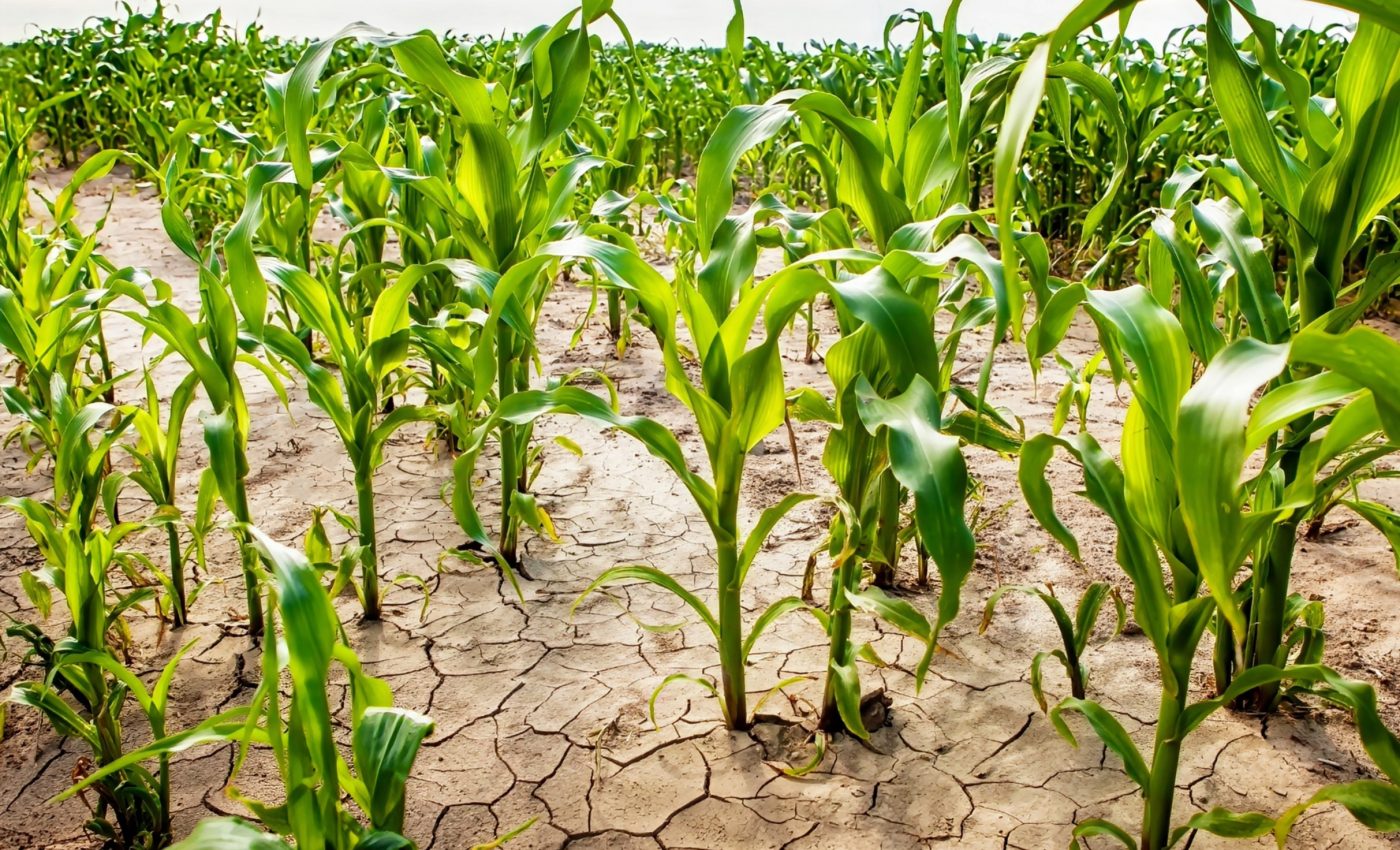
Predicting the response of crops to climate change is crucial, but can we do it?
Climate change is no longer a future threat — it is the reality we are now living in. The hustle and bustle of human activities has caused carbon dioxide (CO2) levels to surge in our atmosphere, triggering a notable increase in the global average surface temperature.
This isn’t just an issue for scientists and environmentalists to address – climate change is something everyone needs to understand because it directly threatens our crops and food security.
Crop yields and climate change
A recent study was carried out by a group of researchers at Banaras Hindu University (BHU) in India. Driven by concerns about the impact of environmental factors on global food security, the team set out to investigate this complex problem.
The goal was to predict how climate variables influence the crop yields that feed our expanding population.
Model to capture nonlinear relationships
The researchers didn’t just base their work on assumptions or approximations.
Instead, they meticulously crafted a mathematical model to capture the nonlinear relationships between CO2, temperature, human population, and crop growth.
Why the emphasis on “nonlinear” relationships? Because our natural world doesn’t play by straight-line rules.
Complex and often chaotic, ecological systems dance in a pattern that’s more of a spiral than a straight line – another factor the researchers took into account when designing their model.
Climate change limits crop growth
“We’ve considered how the rising CO2 levels will initially boost crop growth through the ‘CO2 fertilization effect,’ but once temperatures exceed a critical threshold, the heat stress will reduce yields,” said A.K. Misra, one of the scientists on the project from BHU.
“A non-autonomous system with seasonal variations reveals complex behaviors like periodic oscillations and chaos – and highlights the unpredictability of crop responses to rising temperatures.”
Double-edged sword of rising CO2 levels
While it’s true that an abundance of CO2 can initially boost crop growth, the broader picture isn’t as optimistic.
As Misra mentioned, the challenge lies in the rising temperatures that accompany the elevation in atmospheric CO2 levels.
So, while we might see a short-term win for crops, the long-term outlook is decidedly more concerning. The takeaway? We need to understand when to say “when” in terms of CO2 emissions.
Alarm bells for crop survival
It turns out that individual crop varieties react differently to these changing climatic conditions.
“Our findings reveal a critical threshold for anthropogenic CO2 emission, beyond which crop yield starts to decrease significantly. It depends on the cultivated crop varieties – different varieties exhibit varying responses, so the results may not apply uniformly across all crops,” Misra explained.
Heat-tolerant crops to tackle climate change
However, it’s not all doom and gloom. The researchers also unveiled a promising strategy to combat these climate-change-induced crop losses – the development of crop varieties with higher temperature tolerance.
By creating crops that can withstand warmer temperatures, farmers can better adapt to changing environmental conditions, thus protecting the crop yield and ensuring food security.
Perhaps the most shocking revelation from the study was how minute increases in temperature could have sweeping impacts on crop yields. It’s a stark reminder that the issue of climate change cannot be taken lightly.
Chaotic behavior of crop systems
“By identifying critical temperature thresholds, we get insights into when crop yields may begin to decline, which will guide policymakers in making more beneficial strategies,” Misra noted.
He further suggested that breeding or using crops with increased temperature tolerance should be considered as a strategy to maintain productivity under elevated CO2 levels.
Misra and his team believe that understanding the chaotic behavior of crop systems will help improve yield predictions and inform adaptive farming practices. This knowledge will be pivotal in managing seasonal and climatic variability.
Future research directions
The team plans to refine their model to include more variables like insect population sizes, water availability, soil quality, and nutrient levels, which also impact crop yields under climate change.
“Further experimental validation with real-world data will help calibrate our model more accurately, while the development of region-specific models will enable localized predictions and strategies,” concluded Misra.
The study is published in Chaos: An Interdisciplinary Journal of Nonlinear Science.
—–
Like what you read? Subscribe to our newsletter for engaging articles, exclusive content, and the latest updates.
Check us out on EarthSnap, a free app brought to you by Eric Ralls and Earth.com.
—–













